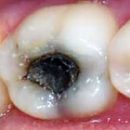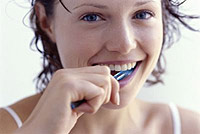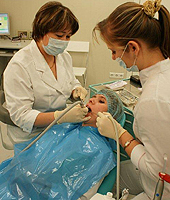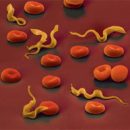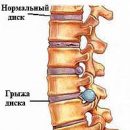Unpleasant smell of mouth is a problem. This is a big problem. The main cause is bacteria that accumulate in the oral cavity: between the teeth, in the tongue, under the dentures. If you want to learn all the details about these bacteria, read the article.
Content
What is distinguished by bacteria
In most cases, the emergence of unpleasant smell of mouth is associated with the state of the oral cavity. Namely - unpleasant smell usually cause bacteria living in it. Bacteria, like people, throughout life consume food and distinguish its waste. Waste livelihoods of some types of bacteria are sulfur compounds from themselves, and they are the cause of an unpleasant odor. Remember how a rotten egg smells? This smell is also caused by the formation of sulfue sulfide in the egg. The characteristic smell of compost pile or livestock is also obliged to «Fragrance» The presence of sulfur compound. And both of these compounds are distinguished by bacteria living in our mouths.
You will probably be a lot of surprise, learning that in the usual human mouth there may be such «bouquet» unpleasant smells - but it is so, and unfortunately, there is no exception. Everyone in one degree or another has these in his breath, with the permission to say, aromas. Fortunately, the human smell does not catch these odors if their concentration in respiration is low. Only when it rises, then the very characteristic unpleasant smell is formed.
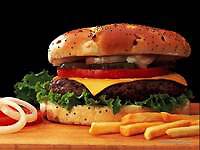 Most of the perfect smelling substances forming an unpleasant smell of mouth, bacteria are isolated after the consumption of proteins. That is, when we eat foods such as meat or fish, get their fragmentation and bacteria living in our mouth. And the fact that they are distinguished after eating, and there are the most connections. which cause an unpleasant smell. Anaerobic bacteria will find proteins - their favorite food - in anywhere, even in the cheeseburger eaten. In addition, in our mouths there will always be for them and natural protein food - for example, dead skin cells, or numerous protein components contained in saliva. If you are irregularly using a toothbrush and thread, in your mouth for bacteria a real feast is formed - remnants of food from today's breakfast, yesterday dinner, day before yesterday...
Most of the perfect smelling substances forming an unpleasant smell of mouth, bacteria are isolated after the consumption of proteins. That is, when we eat foods such as meat or fish, get their fragmentation and bacteria living in our mouth. And the fact that they are distinguished after eating, and there are the most connections. which cause an unpleasant smell. Anaerobic bacteria will find proteins - their favorite food - in anywhere, even in the cheeseburger eaten. In addition, in our mouths there will always be for them and natural protein food - for example, dead skin cells, or numerous protein components contained in saliva. If you are irregularly using a toothbrush and thread, in your mouth for bacteria a real feast is formed - remnants of food from today's breakfast, yesterday dinner, day before yesterday...
Meat, fish and seafood, eggs, dairy products (milk, cheeses and yogurts) - in all these products protein a lot. Most people get about two thirds of the necessary proteins of them. Other sources of protein - cereals and products of them, nuts, pillars (peas, beans and lentils). Ingredients that are part of many desserts beloved (for example, cakes and cakes), turn these delicious foods into real protein storerooms.
In most cases, these bacteria accumulate in the language, but they have a lot and other habitats.
Come to the mirror, touch your tongue and carefully consider it. You will probably see on his surface a whitish flare. Closer to the back area of the tongue this fall is becoming more dense. The number of bacteria accumulating in the human language depends on the texture of its surface. People, whose language surface has more folds, grooves and grooves, this amount will be more than people with a smoother surface of the language. In order to create in a white layer in the language, a favorable environment for the life of bacteria - T.E. Examined oxygen - this layer can have a thickness of only one or two tenths of millimeters. Studies have shown that the number of bacteria in the human language directly depends on the thickness of its white layer covering it. And how can you guess, it is from the amount of bacteria that the freshness of your breathing depends: what is less, the freshest.
Bacteria that cause an unpleasant smell, quite comfortably feel both in others, in addition to the language, the areas of the oral cavity. Maybe you noticed that during cleaning the teeth, the thread also sometimes appears an unpleasant smell. And perhaps this smell becomes more tangible when you start cleaning between the rear teeth. In the intervals between the teeth bacteria, forming an unpleasant smell, also find their refuge. Even in a more or less healthy mouth, the bacteria can find a deprived oxygen medium - for example, under the gum line, around and between teeth. And in people who suffer from gum diseases, the number of such corners increases many times.

